Red Bay Tree
palmcityfl
16 years ago
Related Stories

FALL GARDENING11 Trees for Brilliant Fall Color
Give your landscape the quintessential look of autumn with the red, orange and yellow leaves of these standouts
Full Story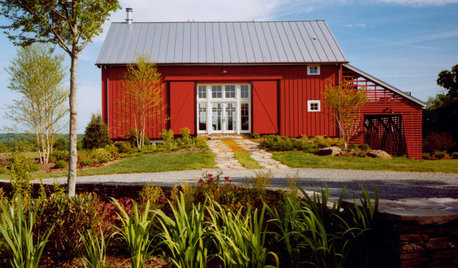
EXTERIOR COLORWhen to Paint Your Home Red
Bring on the energy — with red on its exterior, your home can stir up excitement in any setting
Full Story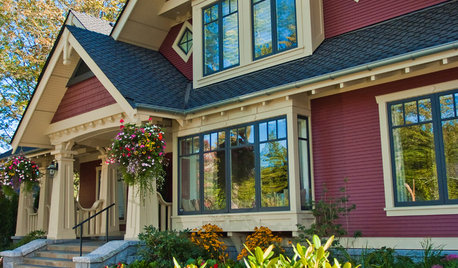
EXTERIOR COLORExterior Color of the Week: Rich, Fall-Friendly Reds
Look to the crimsons and burgundies of turning autumn leaves for a deep, captivating home color
Full Story
GARDENING GUIDESBackyard Birds: Northern Cardinals in the Snow, and Other Red Birds
Brilliant crimson feathers make these friends stand out in a crowd
Full Story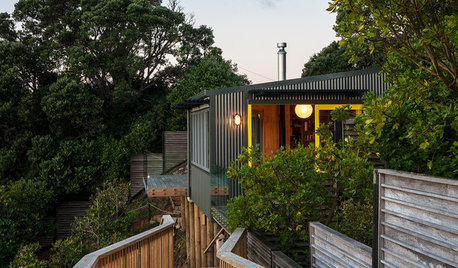
MODERN HOMESHouzz Tour: A Great Escape Hugs Cliff and Tree
A New Zealand getaway makes the most of its stunning island location with a cliff-clinging design and modern rustic style
Full Story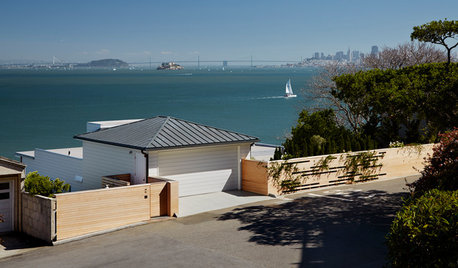
INSPIRING GARDENSAn Award-Winning Landscape Embraces Bay Views
Once overgrown and lackluster, these California garden areas now thoughtfully enhance the incredible view
Full Story
SPRING GARDENING7 Spectacular and Practical Spring-Flowering Trees
Put on a beauteous show in the garden with a landscape tree awash in flowers — just do your homework first
Full Story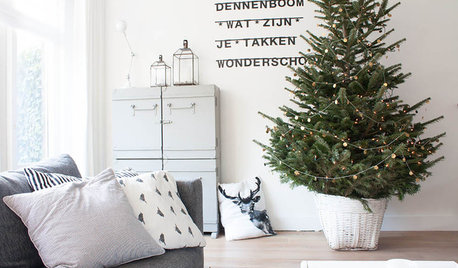
HOLIDAYSHouzz Call: Show Us Your Christmas Tree!
How lovely are your branches? Post a picture and share your stories
Full Story
GARDENING GUIDESHow to Keep Your Citrus Trees Well Fed and Healthy
Ripe for some citrus fertilizer know-how? This mini guide will help your lemon, orange and grapefruit trees flourish
Full Story
LANDSCAPE DESIGNPretty Trees for Patios, Paths and Other Tight Spots
Choose trees for their size, shape and rate of growth — or shape them to fit your space. Here's how to get started
Full StoryMore Discussions









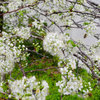
mboston_gw
guadua
Related Professionals
Ashland Landscape Architects & Landscape Designers · Montgomeryville Landscape Architects & Landscape Designers · Saint Louis Park Landscape Architects & Landscape Designers · Waterbury Landscape Contractors · Bell Gardens Landscape Contractors · Deer Park Landscape Contractors · East Hanover Landscape Contractors · Glendale Heights Landscape Contractors · McLean Landscape Contractors · Severna Park Landscape Contractors · Northbrook Decks, Patios & Outdoor Enclosures · Rocklin Decks, Patios & Outdoor Enclosures · Shirley Decks, Patios & Outdoor Enclosures · Panama City Siding & Exteriors · Yorkville Siding & Exteriorsdghays
daesaflgatorfan
saccharum
mboston_gw
palmcityflOriginal Author
saccharum
saccharum
MissSherry
palmcityflOriginal Author
saccharum